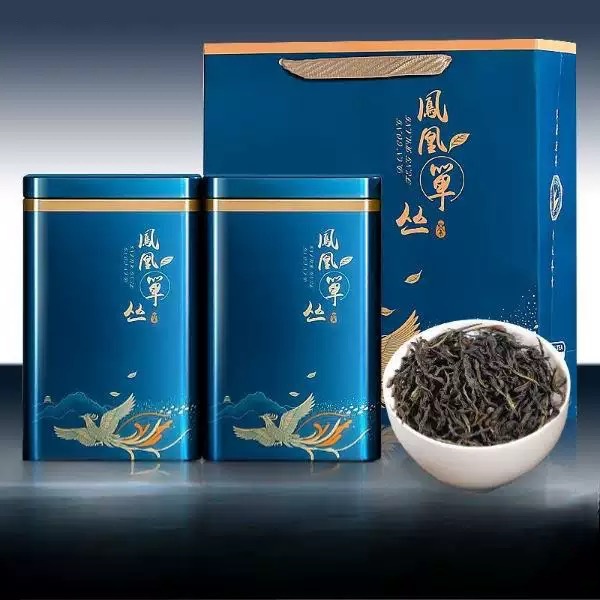
# Oolong Tea Tasting Guide: Discover the Art of Savoring Fine Teas
Introduction to Oolong Tea
Oolong tea, a traditional Chinese tea with a rich history, occupies a unique position between green and black teas. Its partial oxidation process creates a wide spectrum of flavors, aromas, and colors that make oolong tasting a truly fascinating experience. Whether you’re a tea connoisseur or a curious beginner, learning to properly taste oolong tea can open doors to a world of sensory delights.
The Oolong Tea Spectrum
Oolong teas vary dramatically based on their oxidation level, which typically ranges from 10% to 85%. This creates two main categories:
- Light oolongs (10-30% oxidation): These teas are closer to green teas, with floral, creamy, and fresh vegetal notes.
- Dark oolongs (40-85% oxidation): These teas approach black tea characteristics, offering roasted, woody, and sometimes fruity flavors.
Essential Tools for Oolong Tea Tasting
To properly appreciate oolong tea, you’ll need:
- A small teapot (100-150ml) or gaiwan
- Small tasting cups (30-50ml)
- Fresh, filtered water
- A thermometer (optional but helpful)
- A timer
- A quiet, comfortable space free from strong odors
The Four-Step Oolong Tasting Process
1. Observing the Dry Leaves
Keyword: Oolong Tea Tasting
Before brewing, examine the dry leaves. High-quality oolong leaves are typically whole or large pieces, not broken or powdered. Note the color, shape, and aroma. Some oolongs are tightly rolled into small balls, while others appear as long, twisted leaves.
2. The First Infusion
Use water at about 90-95°C (194-203°F) for most oolongs. Steep for 30-45 seconds for the first infusion. Pour the tea into a pitcher to stop the brewing, then distribute to tasting cups.
3. Evaluating the Tea
Engage all your senses:
- Sight: Observe the liquor color, clarity, and viscosity
- Aroma: Smell the wet leaves and the tea liquor
- Taste: Sip slowly, letting the tea coat your entire mouth
- Mouthfeel: Notice the texture and aftertaste
4. Subsequent Infusions
Quality oolongs can be infused multiple times (often 5-8 times). With each infusion, increase the steeping time by 15-30 seconds. Notice how the flavors evolve – many oolongs reveal different characteristics in later infusions.
Common Oolong Tea Flavor Profiles
| Oolong Type | Origin | Flavor Notes |
|---|---|---|
| Ti Kuan Yin (Iron Goddess) | Fujian, China | Floral, orchid, creamy, slightly vegetal |
| Da Hong Pao (Big Red Robe) | Wuyi Mountains, China | Mineral, roasted, dark chocolate, stone |
Leave a Reply